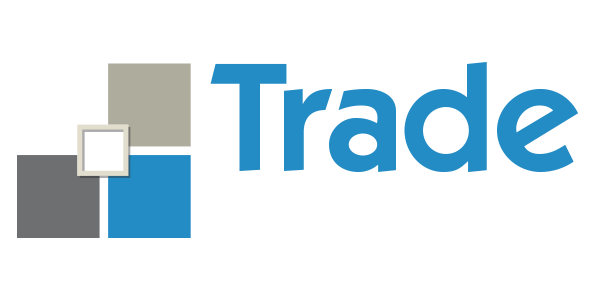Marketing Stone in the 1990’s to North America
Published Il Giornale Di Carrara, 1988
The North American stone market in a very confusing one. The decision makers who specify or buy stone are the owners, architects, designers, general contractors, installing contractors, distributors, and retail stores (showrooms). In general, their knowledge of the availability and use of stone is limited.
The specifiers are besieged, and sometimes confused, by the number of exporters, quarries, agents, and countries promoting stone in the U.S. The number of countries offering stone is vast, with Italy, France, Spain, Portugal, Greece, Belgium, South Africa, and Taiwan among the oldest. Now these specifiers are being inundated with samples and literature from mainland China, Singapore, Indonesia, Turkey, Argentina, Mexico, Honduras, Germany, Australia, Brazil, Bulgaria, Yugoslavia, India and the Philippines, just to name a few.
Historically, these newly producing countries sold their products through Italy and Spain. Now that they are gaining the technology from Italy, they are promoting more directly. Thus, Italy’s sales of these stones will decline, as it cannot compete in selling these foreign stones. The quality and service these newly producing countries have to offer is questionable of lack of experience.
What’s to be done?
Since Italy is still the primary stone producing country, has control of new technology for producing stone, and has availability of diverse types of stone, then service must be stressed. Italy also has the best knowledge, in general, of what the U.S. market demands for service. If low prices are the only prerequisite for selling more stone, then everyone loses.
Either Italy ad a whole or the various regions must get more involved in the U.S. market because the U.S. is still one of the largest potential stone users in the world. Getting more involved means establishing, in Italy, the following kinds of quality/service standards by providing:
1) Uniform quality standards for production, color control, variation, tolerances, etc.
2) Test data on stones conforming to ASTM methods.
3) Proper generic naming of stones.
4) Availability information on stone, quantity, sizes, etc.
5) Better on time delivery of orders.
In short, service and quality for the buyer must be stressed over price.
The Italian government or the provinces must market, promote, and educate the specifiers and buyers in the U.S. directly. They can establish, in the U.S., warehouses for slabs and tiles, as well as shops or factories to assist in the production of fabricated work to offer better service.
They can advertise, attend trade shows, set up offices to assist and better educate the U.S. buyers. They can implement consumer awareness of stone and its uses and versatility.
No one organization can or should do all of this. It is everyone’s job to expand the demand for stone; thus, every company will benefit. Someone has to fill the void created by confusion about stone. Why not the Italians, who are the oldest stone producers?
